
Wheelchair Turning Space Templates Corada, powered by Evan Terry Associates
Wheelchair turning circle OT wheelchairrev3.qxd 14/8/06 5:43 pm Page 4. Design guide for wheelchair accessible housing 5 Access and ramping 2.1 Entrance requirements Where possible, there should be level access to the property. For ramped access, the gradient should ideally not be steeper than 1:20.
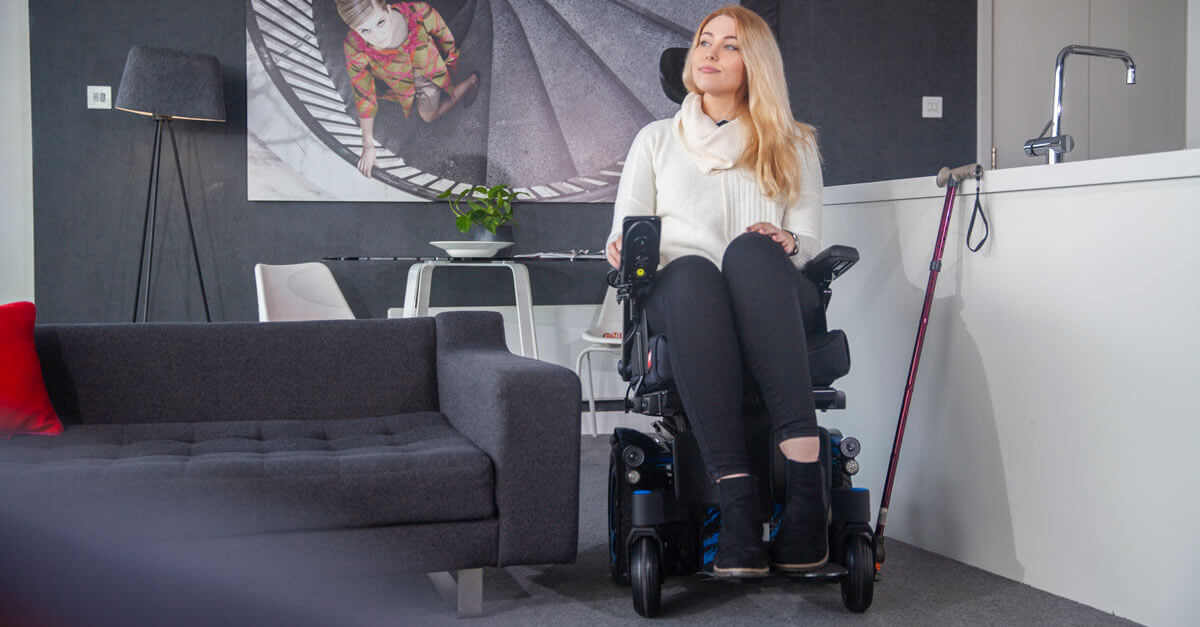
The Importance of Power Wheelchair Base Dimensions and Turning Radius Education in Motion
Defined as a circular space that allows a wheelchair to make a 180-degree or 360-degree turn, ADA requires a 60-inch minimum diameter turning space. A T-shaped turning space that allows a three-point turn is also permitted with a 60-inch minimum square with arms and base 36 inches wide. Images courtesy of Scranton Products.

Technical Drawing Plans First In Architecture
The turning radius - also referred to as turning space, maneuvering space, turning circle, or turning area - is how much space it takes you to execute a 180 degree turn in your wheelchair. Technically, the radius is the distance from the center of a circle to the outer edge.
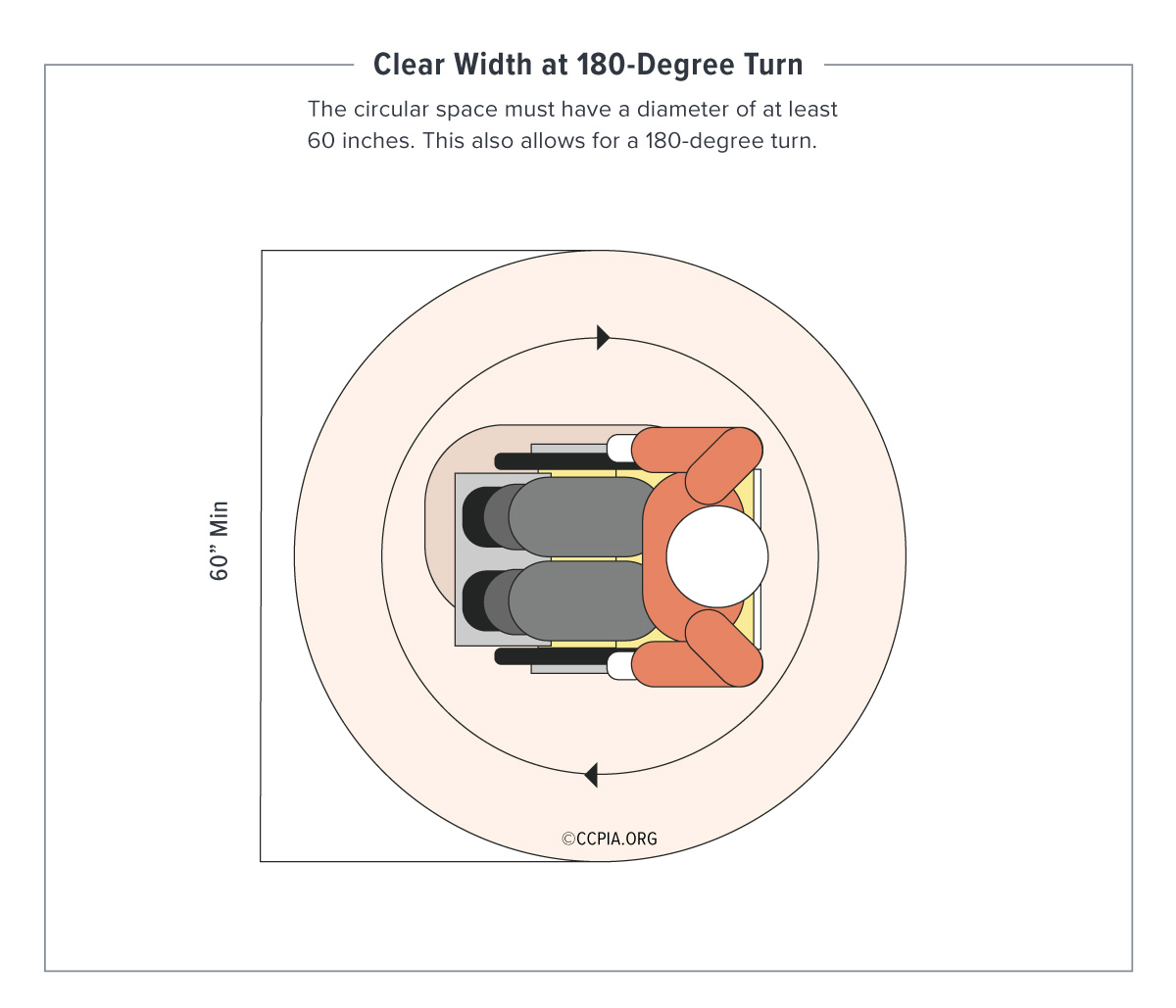
Circular Turning Space Inspection Gallery InterNACHI®
For the grand total of 334 km of recorded wheelchair movement, a turn was detected every 3.6 m, which equates to about 900 turns per day on average and shows that changing and adjusting direction.
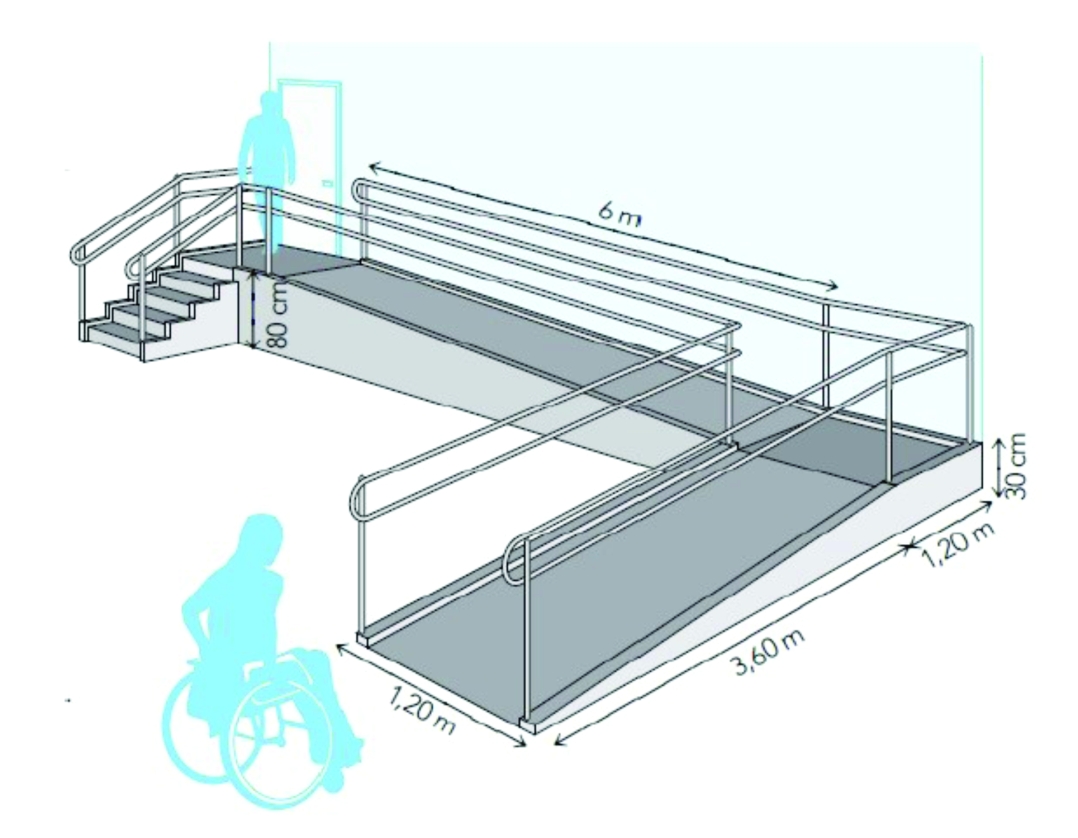
Turning Circles for Wheelchair on Ramps with Landings Interior Disability Design Guide
The turning radius is the distance from the center of the wheelchair between the two drive wheels, out to the furthest point on the wheelchair base. Turning radius is important to know because it will have a significant impact on maneuvering the PWC in and around small spaces.

faqhotelsadarequirementsturningradius Wheelchair Travel
[ D] Fig. 3 Wheelchair Turning Space. Return. The ADA Home Page provides access to Americans with Disabilities Act (ADA) regulations for businesses and State and local governments, technical assistance materials, ADA Standards for Accessible Design, links to Federal agencies with ADA responsibilities and information, updates on new ADA requirements, streaming video, information about.
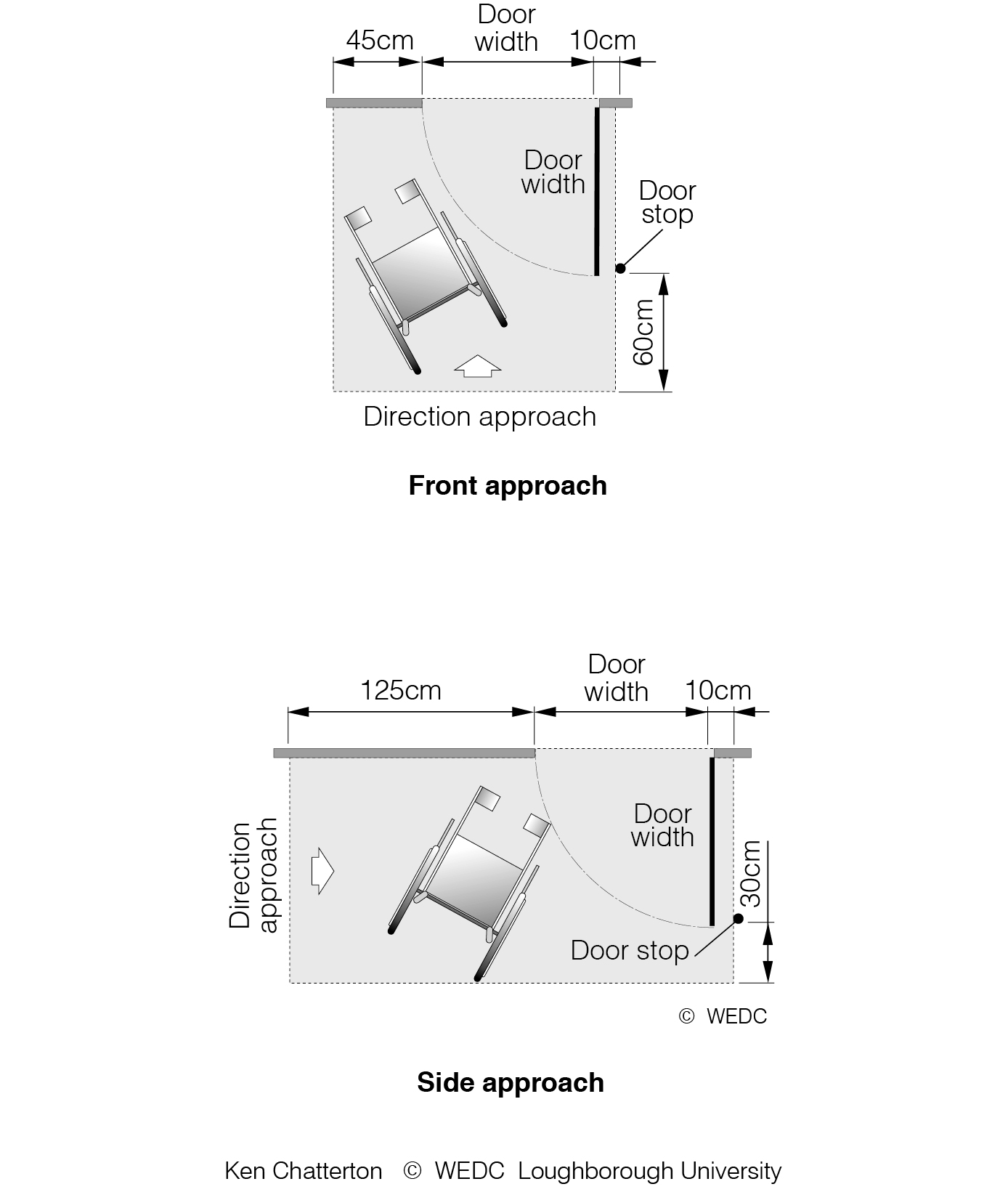
My WEDC WEDC Graphics Library
An efficient way of turning using a manual wheelchair is to turn the wheels in opposite directions for a pivoting turn. Some power chairs also may permit tight circular turns.. Size . Turning space can be provided in the shape of a circle or a "T". Elements with knee and toe space can overlap a portion of the turning space.

A Planning Guide for Making Temporary Events Accessible to People With Disabilities ADA
The Circular Turning Space is smaller, requiring thought and care while turning. The T - Shaped Turning Space is the most restricting turning space. The circles or ellipses in the remainder of this guide are 60 inch (1524 mm) in diameter circles or 60 x 78 inch (1524 x 1981 mm) ellipses.

Wheeled Mobility space requirements and maneuvering An International Comparison of Standards
The turning radius - also referred to as turning space, maneuvering space, turning circle, or turning area - is how much space it takes you to execute a 180-degree turn in your wheelchair. Technically, the radius is the distance from the center of a circle to the outer edge.
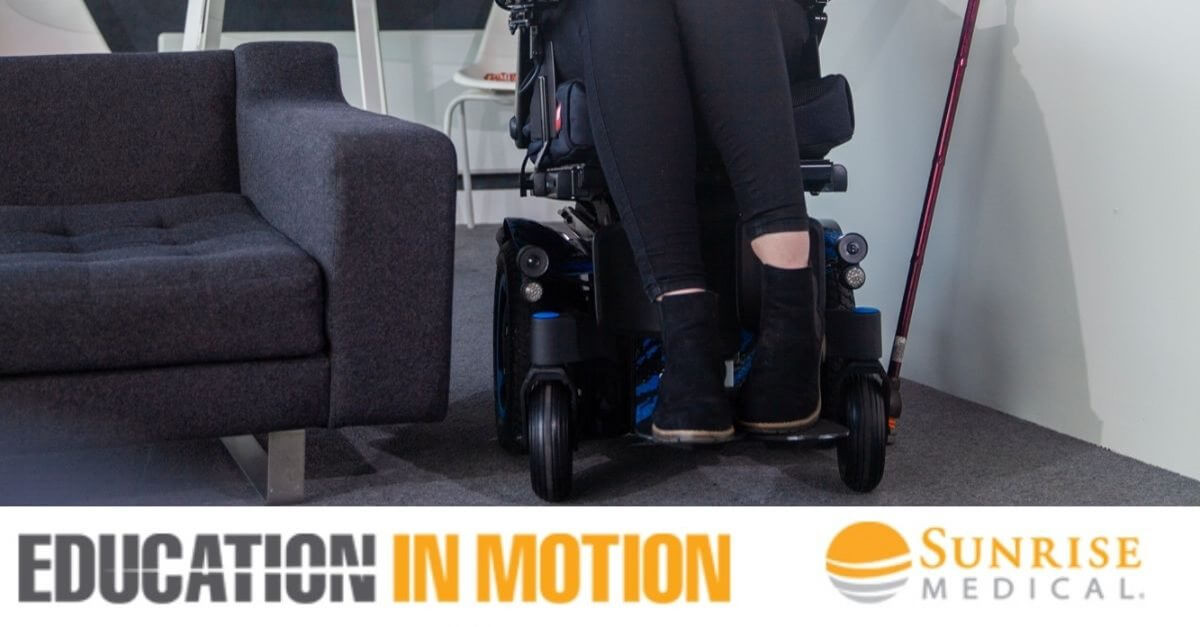
Power Wheelchair Base Dimensions and Turning Radius Sunrise Medical
Best For Smaller Riders: Model X Travel Power Wheelchair. Best Hybrid: Model H Manual + Hybrid Wheelchair. Best For Travel: Pride Jazzy Passport Folding Power Chair. Best Value: eVolt Traveler.
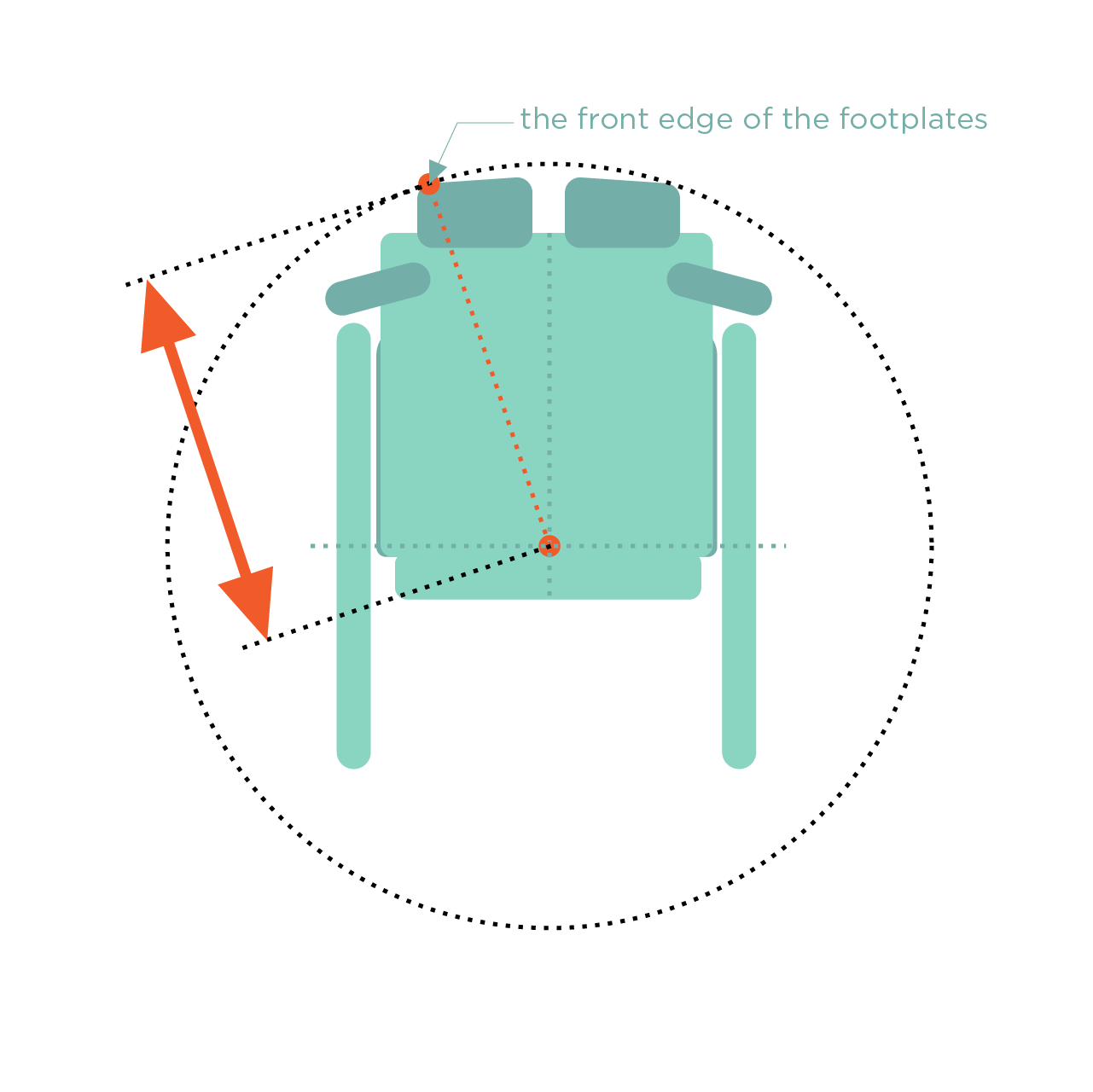
Manual Wheelchair Measurement Method Karma Medical
Turning Radius. The turning radius is the distance from the center of the wheelchair between the two drive wheels, out to the furthest point on the wheelchair base. Turning radius is important to know because it will have a significant impact on maneuvering the powerchair in and around small spaces. Remember how I mentioned the frustration of.

Building rfa turning circle ADA
The learner turns the wheelchair around to the left and right to face in the opposite direction, in as tight a space as possible. Turning around in tight spaces is a common challenge for wheelchair users. The type of wheelchair and its dimensions affect the ease with which this skill can be performed. The environment may be such that the.
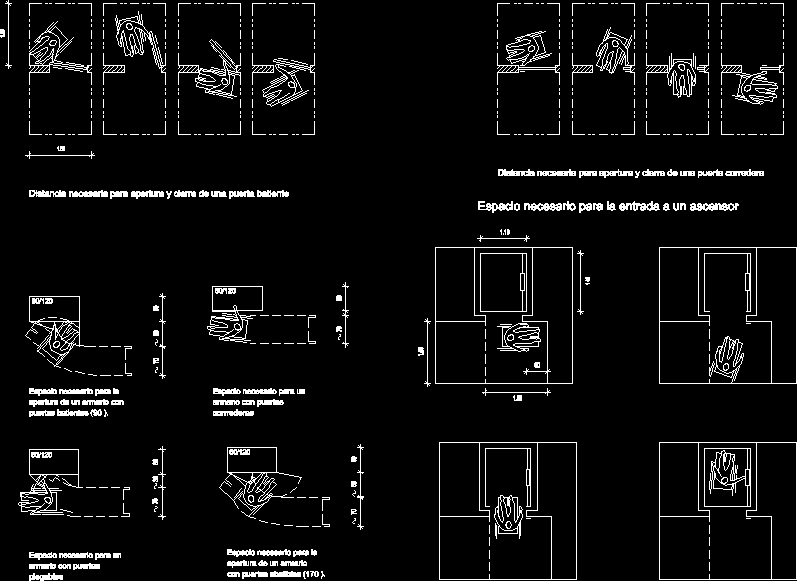
Wheelchair Turning Radius Clearances DWG Block for AutoCAD • Designs CAD
Accessible residential bathrooms are bathrooms designed for wheelchair users in residential spaces that provide enough clear floor space for a wheelchair to turn. Requiring enough internal clear floor space for a wheelchair to make a 180° turn, accessible bathrooms must have either a 60" (152.5 cm) diameter turning circle or a T-shaped turning space located within a 60" (152.5 cm) square.

Pin on Accessible Design General
According to the Americans with Disabilities Act (ADA), the minimum diameter for a turning space should be 60 inches. That's your baseline. What It Means: This 60-inch diameter allows for a full 180-degree or 360-degree turn. It's the ADA's way of ensuring that wheelchairs can maneuver comfortably in public spaces.
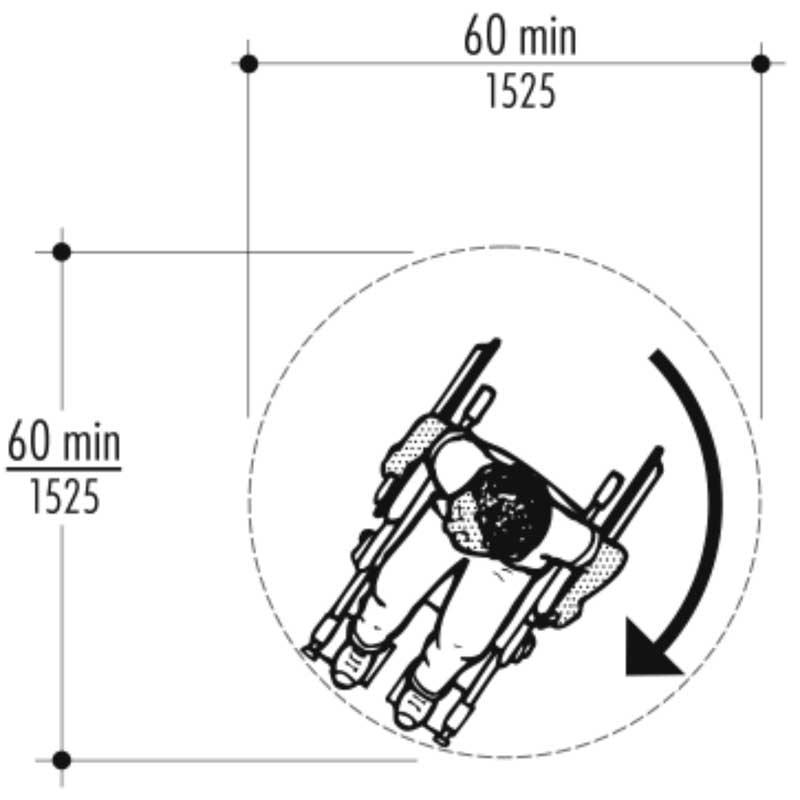
Relief for multigenerational restroom design Page 3 of 5 Construction Specifier
ANSI A117.1, Section 304.3.1 has the requirements for circular turning spaces, and Section 304.3.1.1 states that it must be 67 inches in diameter. Section 304.3.1.1.1 covers acceptable overlaps. Section 304.3.1.2 allows the 60-inch diameter turning space in existing buildings.

Good turning capacity and 360 degree in circles of folding & portable D09 electric wheelchair
180° turn. • The Americans with Disabilities Act (ADA) requires a building to provide turning space in the shape of a circle or T-shaped1 • 180° turn is the basis for defining a minimum space bounded by two sides with an open space along the axis of the turn. T-shaped Turn Procedure: Wheelchair user travels up the base of the T → turn